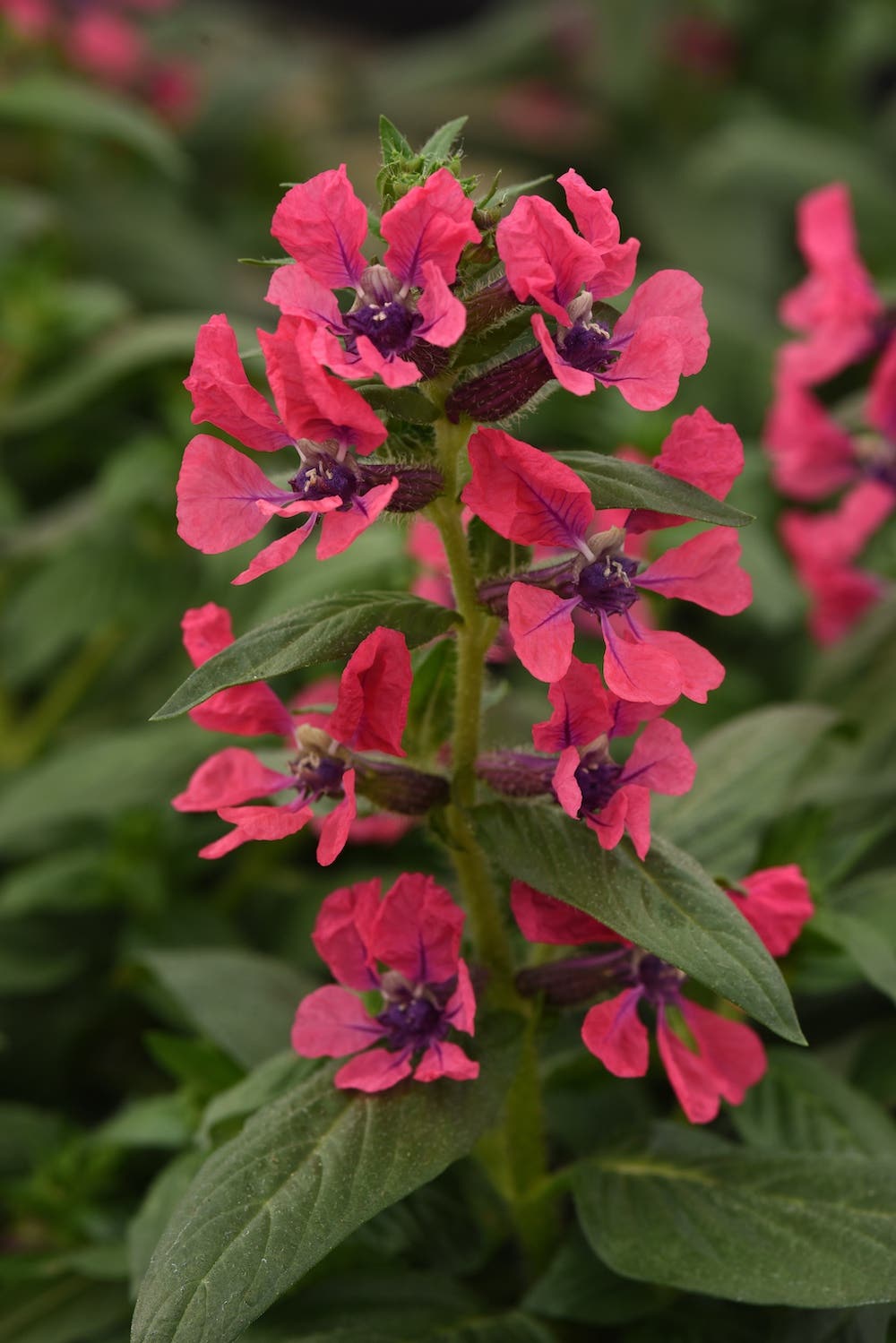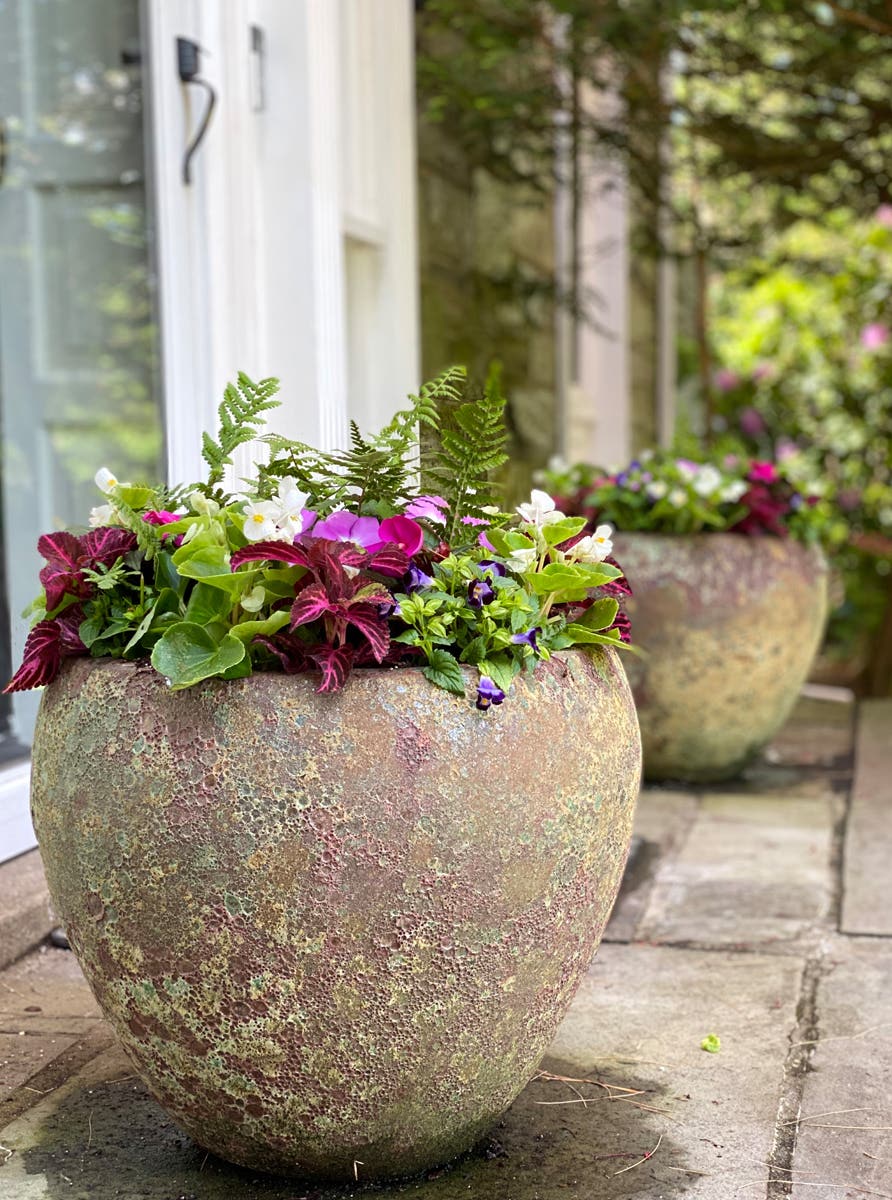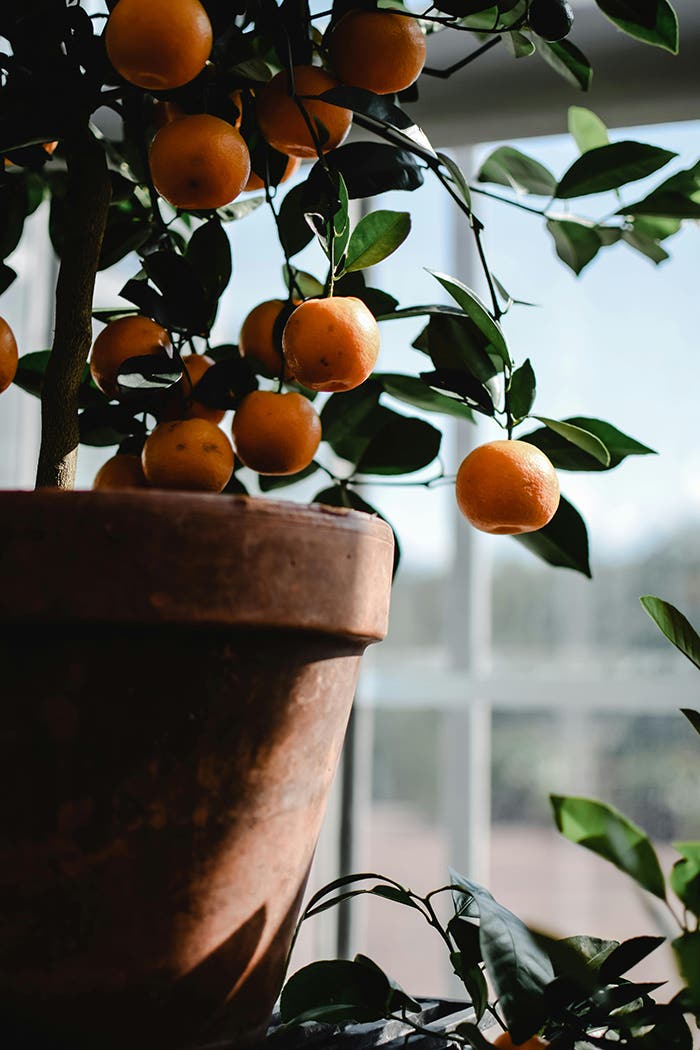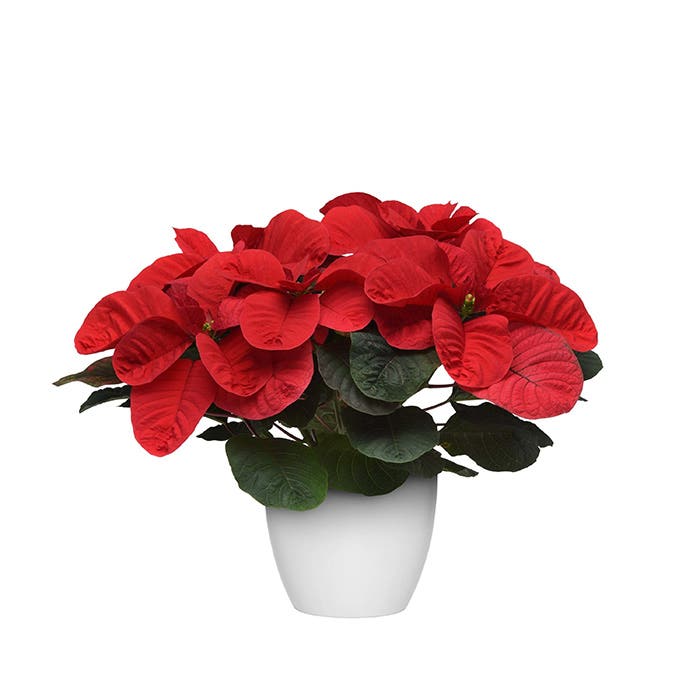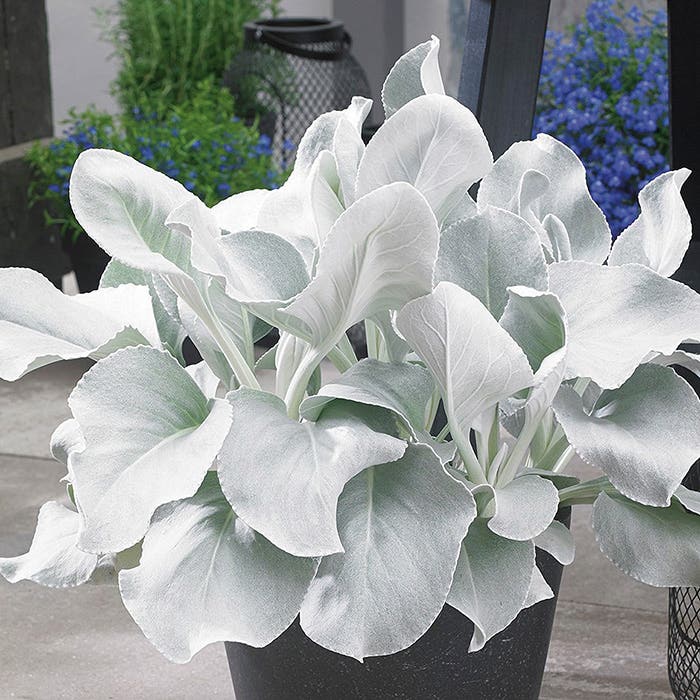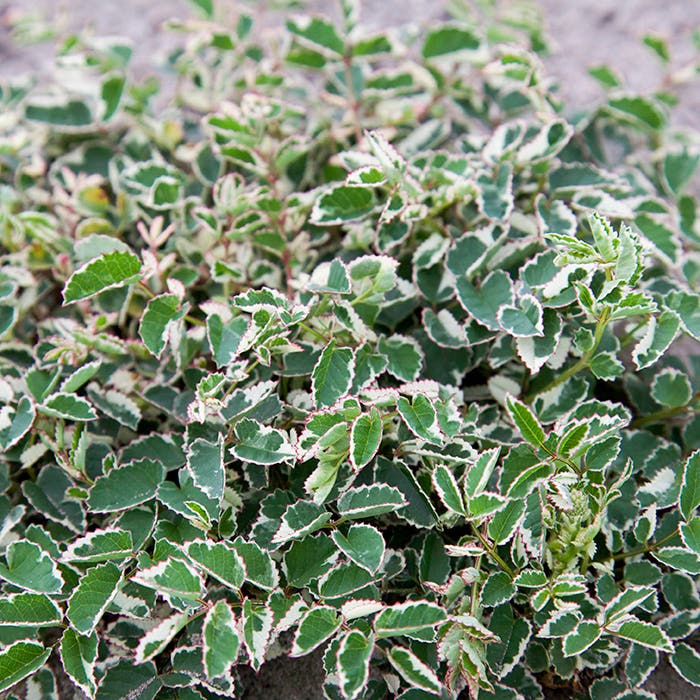Few flowers are as iconic as the Phalaenopsis orchid. Also known as the moth orchid, this plant with its rounded petals and tall, arching flower spikes is no stranger to controversy—it is considered by many to be a challenge to grow.
How many times have you heard someone say, “I just can’t keep orchids alive”? If you’ve ever bought an orchid for your mom on Mother’s Day, chances are you’ve heard something similar at least once.
But the truth is orchids aren’t as difficult to care for as people think. They’ve just fallen victim to myths that have alienated houseplant growers over the years. Let’s go over some of the biggest myths surrounding orchid growing, and how to ensure your orchids don’t end up in the compost.
Myth #1: To water your orchid, just lay an ice cube atop the growing medium.
Let’s start with arguably the biggest myth in orchid care. No, do not water orchids with ice cubes. Why not? Because over time, this watering method can damage roots.
Think about it: Most orchids grown in the home are varieties that live in environments where freezing is uncommon—rain forests and subtropical regions. This applies to epiphytic types, such as those in the genera Phalaenopsis, Dendrobium, Oncidium and, most of all, Cattleya and Vanda.
Cattleyas and vandas are particularly vulnerable to ice water, as they are hot growers. These orchids are known among orchid enthusiasts for having sensitive roots that are fragile and a bit temperamental, so it’s best to avoid sticking ice cubes in their pots or baskets.
Instead, use distilled water or collected rain water that is about room temperature. These types of water are best because they prevent mineral buildup on the roots. You can use tap water, but then you’ll want to flush the roots every so often by running water through the pot for about 15 seconds.
When watering, submerge the orchid’s nursery pot or basket in a bucket or bowl of water. Let it sit until the growing medium is thoroughly wet. Alternatively, just run water through the pot. Then let it drip before putting it back into any decorative pot.
Myth #2: Mist your orchid’s leaves often.
Misting is another popular practice that should be avoided with orchids, because misting can leave water on the leaves, exposing them to bacteria. In general, it’s best to avoid getting water on orchid leaves whenever possible.
Epiphytic orchids’ aerial roots are responsible for hydrating the orchid and absorbing water from their environment. Misting these roots is okay if you grow your orchids bare-rooted, such as in hanging baskets or mounted on a support. For potted orchids, though, misting these roots is not necessary (and tends to just make a mess).
People often mist orchids in an attempt to increase humidity around them. But always consider your unique home conditions and what type of orchid you have. If you have a phalaenopsis, generally it should be fine in the typical home’s humidity and temperature, as these are quite a hardy sort. But if you have a true humidity-loving orchid, like an oncidium, and your air is very dry, a humidifier could help make your grow space more suitable.
Myth #3: If your orchids’ flowers drop off, you’ve done something wrong.
Orchids, like most plants, have a preferred blooming period—usually early autumn and winter for phalaenopsis varieties. Sometimes that timeframe can shift depending on many factors, like when and where you bought the orchid, how it was grown before it was distributed, your home’s conditions and so on.
So if your orchid’s blooms fall, that doesn’t mean you should panic. Instead, start out by asking yourself the following questions:
Was it blooming for a month or so until now? If so, it may be done with its flowering stage and shifting its energy to growing new leaves and roots.
Are the leaves and roots okay? If there are strange things happening with the leaves (like spots developing and growing over time) or root issues (thin or papery roots; rotting) then the blooms might be falling because the orchid is unwell. In this case, carefully unpot the orchid and examine the roots more closely.
Is the orchid new to my home? Sometimes orchid blooms can fall because the orchid is not used to its new conditions. It may have what’s called bud blast, which is when the buds fall prematurely due to shock from sudden temperature changes. This is not a long-term problem.
Remember: We don’t bloom every day and neither do our orchids. Don’t be too hard on yourself.
Related: "Repotting an Orchid"
Orchids have different needs from other plants, so caring for them takes practice and research. It can be tricky if you’re not certain what species you’re growing because the plant was not tagged. In that situation, it helps to Google “orchid” with a physical description of the blooms and growth structure. Then look under Google Images to narrow down what you’ve got.
From there, you can use the “Orchids A to Z” database on the American Orchid Society website to read up on genus-specific growing preferences. I also recommend the @MissOrchidGirl channel on YouTube. Her videos provide lots of advice for all levels of orchid lovers. There is an “Orchid Care for Beginners” series that’s a great place to start.


